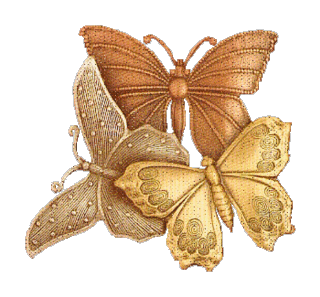Last Monday I spent the day at the London Knowledge Lab working with the Yishay Mor & Steven Warburton on the Eduserv Digital Identities Workshop Series EDID9.
Focusing on current debate around identity formation on socially networked spaces and issues of maintaining multiple projected identities, this research unit is attempting to apply pattern language to solve real world issues by accumulating a database of case studies, problems, scenarios and then finding patterns within this research to identify solutions. Our group worked from this Scenario I published on their wiki.
‘Current lifestreaming sites such as twitter, facebook, flickr, etc. currently enable a hybridization of previously separate identities. While users of the digital domain’s socially networked space generate varied levels of considered profile identity the purposeful acts to open up separate ‘faces’ to new/old/unknown audiences is an act communicating that is relatively uncontrolled. This openness approach shares data rapidly in non-linear patterns that are no longer geo-graphically bound; placing new ‘faces’ in new spaces.’
To give this scenario a real life context we discussed my desire to open up all my public identities so that people of every group could see what I am doing and interested in. There are two main driving forces for this approach.1- An open fluid transfer of knowledge between networks encourages learning.2- While I can identify with a time where my identities were kept private and separate due to geo-graphical constraints and a lack of time to write letters in order to maintain networks, the current generation in schools is growing up in a web 2.0+ space where facebook, MySpace, tumblr status updates are both constant and take many forms, ie. text messages, microblogs, voice, video, photographic.What comes of this generation who’s identity is socially placed within a realm that extends beyond their contacts? As an artists and researcher I have a goal to extend my own work beyond my immediate network and to encourage growth of my social space in relation to expanding my skills of practice, increasing my knowledge base and ensuring I encounter and learn from fellow practitioners. However, miss-interpretation is a concern especially if I am allowing identities which are no longer associated with the present to penetrate my current networks. A similar concern exists when my past and present identity/s is observed by a stranger. Where I can still be physically observed by a stranger while waiting for a bus at the station, these people watching me are not necessarily voyeurs into my daily rambles on a twitter stream, they don’t chose to listen to the same music as I am on Last.fm, and they probably are not browsing pictures of me and my family by the seaside while I patiently wait for the bus. However, they may catch my bluetooth signal and try to. Within the digital domain though it is likely that someone is following my status and movement, at least a little from time to time. I see this act of following, whith geo-graphically freedom, as a constructive method for maintaining social groups and support networks, for strengthening cultural traditions, languages, and among other things retaining a core network. Obviously within all people/groups there is good and bad, for the purpose of this research I acknowledge that the digital domain is also a haven for abuse and though I am painting a positive picture of how social networks can contribute towards open learning and perhaps will bring about a positive shift in the social environment it does not escape me that some societies still do not have freedom of speech nor access to uncensored information, some peadophiles probably watch children on youtube, some money hungry hacker may be farming my pins, passwords and memorable sentences from my profiles, and horribly sad networks form online to acquire bomb making skills to retaliate against another.’Lurking’ and ‘Lurkers’ were terms that came up during the workshop words that have a ring of ‘peeping tom’ or ‘voyeurism’. However, I wonder if these terms are more an interpretation of an action seen from a perspective of the age of those who came before the internet. They ring of skepticism and are slightly demeaning terminology to describe a new era of giving and receiving data. Yes, these ‘observers’ be them strangers or contacts can maintain a distance by watching but they are also learning about you. If they chose to take a step forward through contact they enter a new space, or as we explained in the workshop they enter a new gradient of intimacy. A single person depending on the number of networks they operates within can have several gradients of intimacy moving from public to private space. In an effort to visually demonstrate how we felt these ‘observers’ could operate within the digital domain we drew the picture two posts below.
A butterfly – can enter and exit a window without one knowing, they can flutter by as you sit on your font porch, they can enter your back garden and settle on the pool noodle while the children play. They can be a friend from 25 years ago reading your status, a colleague catching up on your blog, a stranger reading your report, your aunt looking at your family photos, the person who is considering the purchase of your car through the online auto-trader. Sometimes you glimpse them through stats, comments, trails they leave behind. Sometimes you don’t notice them as all and yet they have been by.
